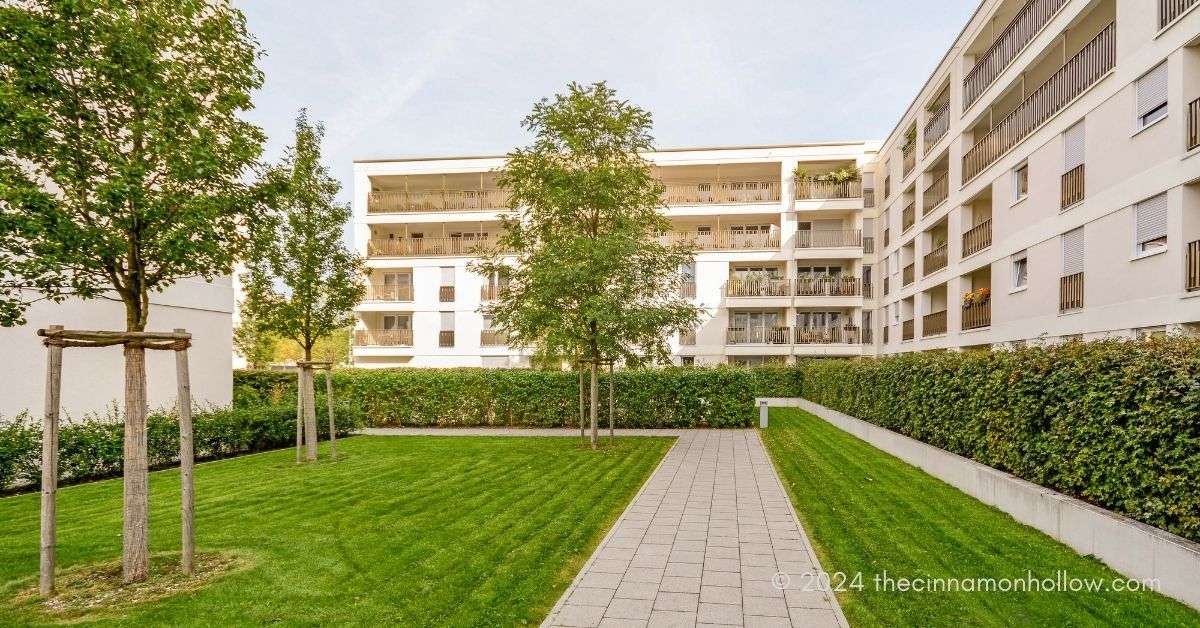Sustainable property maintenance is a strategy aimed at enhancing living environments’ eco-friendliness and resource efficiency, thereby reducing carbon footprint and improving quality of life. By promoting conscious choices in home construction, usage, and durability, sustainable property maintenance aims to reduce carbon footprint and improve quality of life. As climate awareness grows, homeowners increasingly opt for sustainable approaches that offer resilience, cost savings, and health benefits.
The quest for eco-friendly living continues to gain momentum as homeowners seek sustainable solutions to maintain their properties. Sustainable property maintenance involves techniques and practices that reduce environmental impact and promote longevity in home systems. Whether through a simple kitchen remodel with sustainable materials or extensive energy-efficient upgrades, adapting to green practices can lead to significant savings and benefits for both the environment and the household. By integrating these strategies, homeowners not only safeguard their investments but also play a part in preserving the planet for future generations.
This article delves into various sustainable property maintenance practices that can transform modern homes into environmental havens. Each section provides practical advice and insights on incorporating eco-friendly habits into daily living. These insights are designed to inspire and guide those looking to make conscientious changes to their home environments without sacrificing comfort or style.
Benefits Of Going Green
The shift towards green living comes with numerous benefits. From reduced energy bills to healthier indoor air quality, sustainable practices offer immediate and long-term rewards. Significant financial savings and environmental benefits associated with green building practices. These practices improve comfort levels while also contributing to environmental conservation. Additionally, sustainable homes often increase in value, making them a wise financial investment for the future.
Energy-Efficient Home Upgrades
Incorporating energy-efficient upgrades is a prominent step in achieving sustainability at home. Smart thermostats, LED lighting, and solar energy can significantly reduce energy consumption, lower utility bills, and decrease reliance on non-renewable energy sources. Homes with these upgrades will likely be more comfortable and consistent in temperature, offering a better living experience throughout the year. Homeowners should consider these changes valuable investments in future savings and environmental protection, providing tangible benefits in both short-term comfort and long-term sustainability.
Water Conservation Methods
A key component of sustainability is water conservation, particularly in areas vulnerable to drought. Drip irrigation and rainwater collection systems are two methods that can drastically cut down on water use. Adopting water-efficient fixtures and appliances in the house also helps with conservation. These techniques save water expenses while also promoting environmental objectives. Simple water conservation practices include using water-saving fixtures, promptly repairing leaks, and turning off faucets when brushing teeth.
Innovative Waste Management Solutions
Effective waste management involves reducing the waste produced and improving recycling efforts. Composting organic waste and participating in local recycling programs can significantly reduce the amount of trash sent to landfills. Creating a more sustainable home environment also includes considering packaging and reducing single-use plastics wherever possible. Some communities even pursue ambitious zero-waste initiatives, showcasing the feasibility and benefits of such innovative approaches. Individuals can contribute to larger environmental goals by making small yet significant changes and helping build a more sustainable future.
Challenges In Sustainable Maintenance
Many homeowners struggle with transitioning to sustainable practices due to high upfront costs, limited access to materials, and a lack of awareness about the benefits and methods of sustainable maintenance. However, financial incentives like tax credits for solar panels and community support systems can help overcome these challenges, encouraging widespread adoption. Education and collaboration are key to driving this shift, allowing more individuals to benefit from sustainable living practices.
Looking Ahead: The Future Of Sustainable Living
As sustainable living becomes increasingly mainstream, exciting innovations and trends emerge. Eco-friendly home technologies, such as advanced energy storage solutions and smart home systems, are set to redefine how we think about sustainability. Emerging sustainable and effective materials offer new opportunities for environmentally friendly building and maintenance. By staying informed and adaptable, homeowners can look forward to a future where eco-friendly practices become the norm. The increased interest and investment in this area reveal a promising future where modern homes meet and exceed sustainable living standards.


